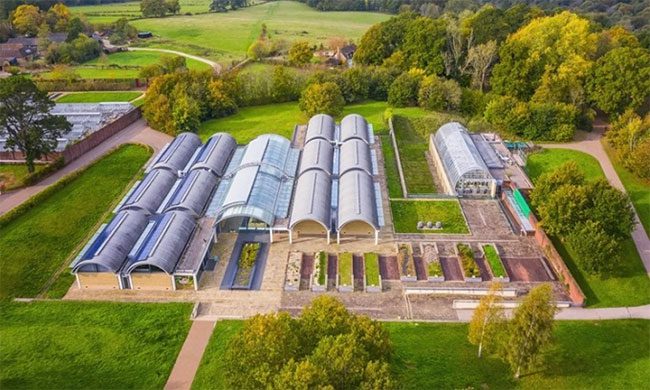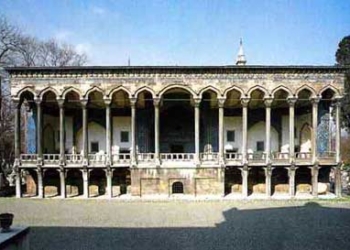The Millennium Seed Bank (MSB) is one of the largest seed banks in the world, serving as a repository for the preservation of thousands of rare and endangered wild plant species.
World-Leading Seed Conservation Program, directed by the Royal Botanic Gardens, Kew, celebrated a significant milestone on March 9th in its efforts to conserve rare and important wild plant species that are threatened. Among the most recently added species to the seed bank, bringing the total collection to over 40,000, are numerous wild plants from Madagascar, Pakistan, and the Caucasus region. These include the critically endangered Perrier’s Baobab (Adansonia perrieri) and the endangered Erythrophleum couminga, a leguminous tree native to Bare de Ball National Park on the western coast of Madagascar. While the roots and leaves of E. couminga are used as a heart tonic, this plant is highly toxic at high doses, and extracts from its leaves can cause respiratory distress, seizures, and even cardiac arrest.

Aerial view of the Millennium Seed Bank. (Photo: RBG KEW).
Other notable plant species added recently include several orchid species collected throughout the Caucasus region, such as Orchis coriophora. Orchid seeds are particularly challenging to collect and preserve due to their status as some of the smallest seeds in the world, producing millions of tiny seeds akin to dust. Because of their extremely small size, they lack nutrient reserves and often cannot germinate independently. Instead, many species rely on symbiotic fungi. Storing orchid seeds is also difficult, but researchers at MSB and numerous partner countries are developing new methods to maximize their longevity.
Described by scientists as the “Noah’s Ark for Plants”, MSB is the largest wild seed storage facility in the world, located at the heart of Kew in Wakehurst, Sussex. Inside the bomb-proof and flood-resistant building are 98,567 seed collections from 190 countries and territories across all seven continents, nine biogeographic regions, and 36 biodiversity hotspots. In fact, MSB holds the Guinness World Record for being the largest seed bank in the world.
Seeds arrive at MSB in various forms and conditions, sometimes still attached to plants and fruits. Before they can be stored in the underground vaults of the facility, they are dried in a room with a relative humidity of 15% and a temperature of 15 degrees Celsius. Afterwards, experts clean the seeds and X-ray them to check for signs of pests and underdeveloped embryos. Finally, they dry the seeds once more to extend their storage life. For every 1% reduction in moisture, the lifespan of the seeds doubles.
After drying, seeds typically contain 3 – 6% moisture. Completely dehydrating them can destroy the seeds. Once ready, the seeds are placed in sealed glass containers and stored in a cold room at -20 degrees Celsius to ensure they can survive for hundreds of years. Every ten years, the seeds are taken out to test their germination ability. In addition to storage in MSB’s vault, at least half of the foreign seeds are also preserved in their countries of origin.
Experts at MSB check the seeds every decade for two reasons: to monitor the viability of the collection and develop standards for turning seeds into mature plants. Seeds are germinated in shallow dishes with agar, a jelly-like substance made from algae. This substrate provides water very conveniently. In some cases, experts make light incisions to allow water to seep in and help awaken the seeds. Some seeds that begin to germinate are transferred to MSB’s nursery, where they are cared for by gardeners at the Seed and Plant Conservation Unit. If successful, the seedlings continue to grow with organic fertilizer.





















































